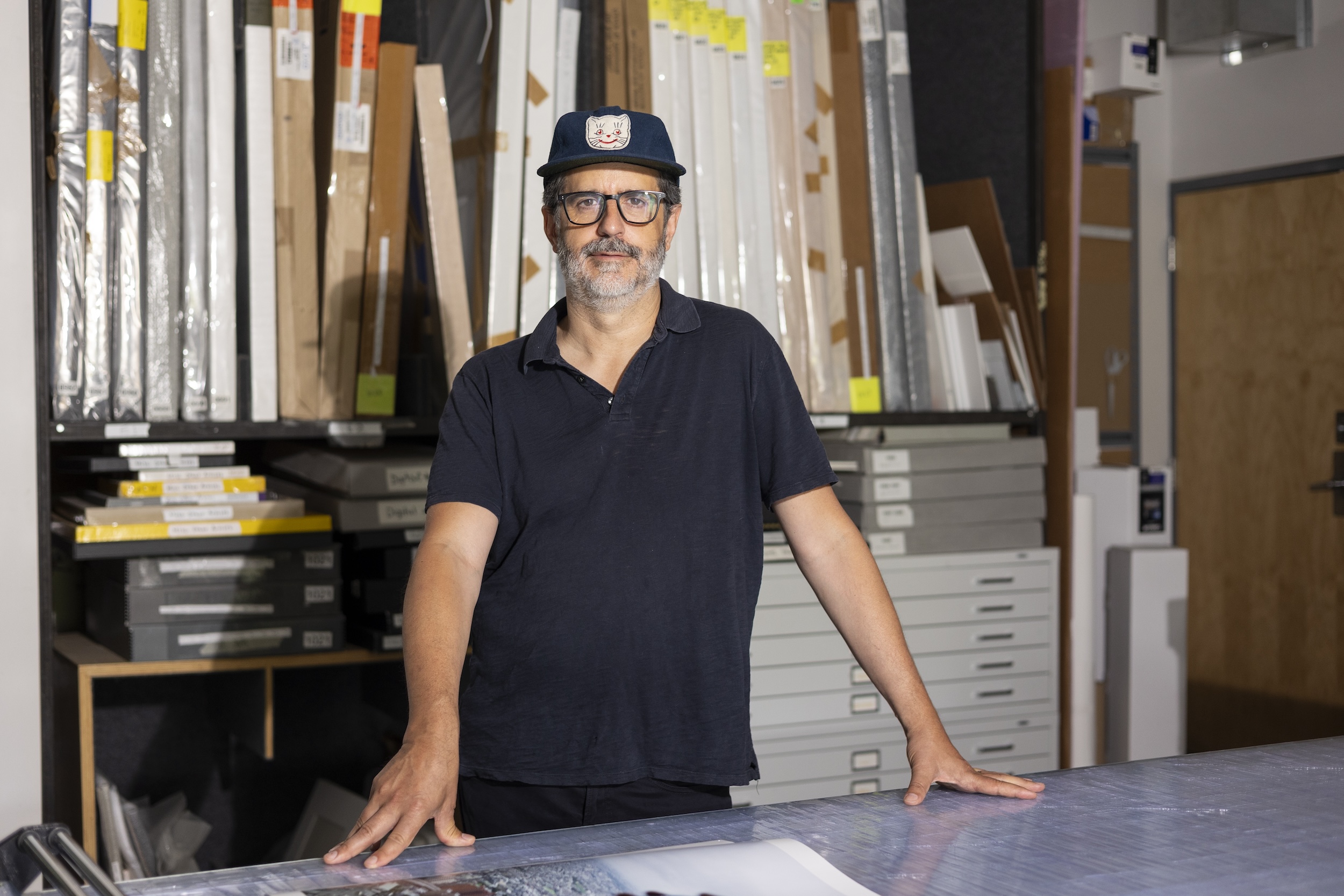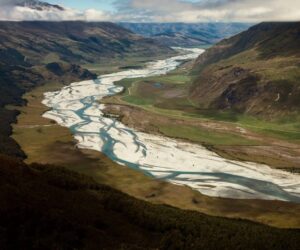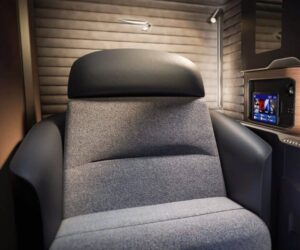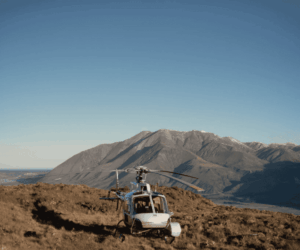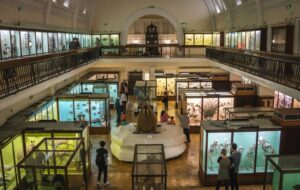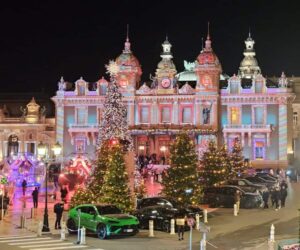Alec Soth’s Favorite Things About Minnesota
Andrew.Parks
Tue, 11/26/2024 – 15:01
While he’s a world-renowned photographer with pieces in the permanent collections of major art museums throughout New York, Los Angeles, Chicago, Miami and Minneapolis, Alec Soth says his “big claim to fame” was being Prince’s neighbor.
What To Read Next
Where to Eat Walleye in Minnesota
Read More
Gay Travelers Will Find Romance in Minnesota
Read More
Where to Stargaze Near the Twin Cities
Read More
Get help from the experts to plan your trip
Want to know the best spots in Minnesota? How about tips on how to make the most of your time in a specific city? Our Minnesota experts can answer your questions, offer advice, or plan the perfect Minnesota trip for you. For free.
Stars of the North
Article
Andrew Parks

Alec Soth in his St. Paul studio
/ Credit: Liam James Doyle
“Prince didn’t move in until my teen years,” explains Soth, who was born and raised in a slightly rustic stretch of Chanhassen. “It was before he lived in Paisley Park. He bought the old forest behind us so it could be preserved forever.”
Prince ended up purchasing Soth’s childhood home down as part of that plan, too, but Soth didn’t mind because it meant developers steered clear of the area for years. “It was beautiful,” he says. “I would take my son to see it since it’s such a special place to me. Even our old barn was still there, just falling apart.”

Alec Soth at his St. Paul studio
/ Credit: Liam James Doyle
Since Prince didn’t leave a will behind when he passed away in April of 2016, the Highway 5 hub was eventually turned into highly desirable housing. Soth still looks to the Minneapolis suburb for inspiration, however, whether that means a private tour of Paisley Park or a look at the luminescent lighting schemes of the spiritual center across the street.
Here is what Soth — who now lives near the Walker Art Center and works out of a small St. Paul studio — had to say about both, along with all the other things he the lifelong Minnesotan loves about the Star of the North.

One of the many trails at Minnesota Landscape Arboretum, which is right down the road from Paisley Park
On finding his far away identity:
Fundamental to my whole identity as a human being and artist is where I lived. Because it was nothing but nature.
I was also far from friends, which meant I was living in a world of pretend friends, spending all this time playing in the woods by myself. That really affected who I am — that region, that house, that place… I think about it a lot.
I was a complete shy introvert. It makes no sense what I do; it’s like a complete contradiction…. [Being a photographer] was not the plan. The plan was to be an artist who spends all their time painting in a studio.

Step into the Prince-themed atrium on a tour of Paisley Park
/ Paisley Park and NPG Records
On the otherworldly nature of Paisley Park:
I’m 54 now, so when Paisley Park [was completed], I would have been 14 or so…. I genuinely love his music, but I used to avoid it. I don’t know why; I just did.
But then Vogue hired me to photograph Prince’s clothing. It didn’t work out because of legal issues [around his estate], so I ended up shooting different homes Prince lived in while he was growing up.
I also took a tour of Paisley Park soon after [the museum] opened, and I thought it was fantastic — super interesting.
Prince was from another planet, and he organized his world that way. The fact that he did it in a building that looks like an office park in Chanhassen is crazy. Nothing about it makes sense, you know? It’s just bonkers in the best way. It feels real.

A church event at ECKANKAR
On the spiritual center across the street:
ECKANKAR is a spiritual community across the street from Paisley Park. I’ve done some photographs out there. It’s an amazing, fascinating place — a thing that’s like a church, and the headquarters of this global thing.
I’m interested in different types of spiritual longing. I’m open to it without usually being a participant. There’s also this element of light to ECKANKAR, and something about the architecture of the place…. It’s this triangular thing that somehow lets light in. And the landscape out there is all these rolling fields — just beautiful.

Stars on the exterior of First Avenue in Minneapolis immortalize artists who have played here
/ Chad Rieder
On his first time at First Avenue:
I remember seeing Black Flag there and thinking, ‘This is scary.’
It was a bit of an ordeal to get there; I had to take the bus or get dropped off. I was more into Minneapolis’ record stores when I was younger — places like Northern Lights. There was this whole exotic world of downtown within my imagination — this ‘big city’ with gritty bars and all that stuff.
I was at First Avenue all the time during my 20s. It’s super special to me — in the DNA for sure. I remember being there really early when OJ — that whole drive with the white Bronco — happened. No one else was there, and they were playing it on the giant screen. There was just music playing and that happening. There weren’t phones; it was just information on the screen — so surreal.

An aerial shot of Winona
/ Paul Vincent
On his breakthrough art book:
I’ve been crossing the Mississippi every day for most of my life. I didn’t feel like the Mississippi was a big part of my life [in Minneapolis] though. It was just there — a thing I could do.
I started to love it when I visited the area around Winona. That’s the most beautiful part of the whole Mississippi, especially if you’re from a place that’s flat. It’s gorgeous — evoking all that cornball romantic stuff about the desire to wander.
I remember driving down there during spring break with my girlfriend, now wife, and taking pictures when it was snowy and gorgeous. That’s where my whole [“Sleeping by the Mississippi”] project started. I really love that part of Bluff Country.

No visit to Winona is complete without a trip to the Minnesota Marine Art Museum
On Winona’s one-of-a-kind museum:
One of my favorite things as a traveler is going to art museums that aren’t big and famous because you’ll see things you’ve never seen before.
The Marine Art Museum is a total gem. When I got the call about having an exhibit there, I was like, ‘What’s that?’ And everyone I talked to was like, ‘Oh, you’ve got to go there. It’s unbelievable.’
I was blown away by it. Even the building and the architecture are really great.

Alec Soth at Weinstein Hammons Gallery
On a gallery scene not driven by money:
Part of the reason galleries aren’t as established here is because we have such a strong nonprofit culture. Would I have a career, and would I have stayed here, had it not been for the arts funding that I received in my late 20s, early 30s? I don’t know. It was so pivotal.
My first show that was written about in the Star Tribune was at this little place called Icebox Quality Framing and Gallery. It let me [experiment] rather than get locked into a certain way of making work.
That’s great for a young artist. It’s like how bands do little shows so they can find their voice before they record an album.
I’ve been with Weinstein Hammons Gallery for about 20 years now. They’re this little gallery in South Minneapolis that’s homespun — a little family that works out of the basement. At the same time, it’s completely world class.

Five Ways In: Themes from the Collection at the Walker Art Center
/ Pierre Ware, courtesy Walker Art Center
On the wonders at the Walker:
I ran a workshop with artists from around the world recently, and we visited the Walker during one of their free Thursday nights. There was an amazing group of people there; a guy from New York told me, ‘This is what the Whitney wants to be.’
I looked around and said, ‘Totally.’ Because it was super vibrant and super youthful, but also not full of itself. It was great.
My gallerist from Berlin visited me [earlier this year] and went to the Walker, too. He saw this one exhibition (‘Among Friends: The Generosity of Judy and Ken Dayton’) and said, ‘This is better than anything I’ve seen in the last year.’ You hear that outside perspective and you’re like, ‘Oh, right, we are really lucky.’

Paddling through Lake of the Isles in prime fall season
On his new Minneapolis home:
I live near Lake of the Isles now and go there almost every day. It’s unbelievably great. There’s water, there’s sun; it’s beautiful.
Central Park is a good analogy, because when I take people who are from out of town, and they see the city lakes, they’re always like, ‘Oh my god, this is unbelievable.’ And that was my feeling with Central Park. When I first went there, I was like, ‘Oh my god, this thing is gigantic. There are so many ways to get away from things.’
My wife’s route to Lake of the Isles is always the same. I like to do it differently every time so I can see different people’s windows, different architecture, different bunnies…. I don’t like being mandated a path.
That’s analogous to what I hope to do as a photographer. [Projects like] “Sleeping by the Mississippi” aren’t supposed to be linear in any way. They’re all about wandering.

Claes Oldenburg and Coosje van Bruggen’s Spoonbridge and Cherry (1988) at the Minneapolis Sculpture Garden
/ Peter VonDeLinde, courtesy Walker Art Center
On his neighbor James Turrell:
I’ve always said that if I could own one piece of art, it would be a James Turrell. Now that I live close to the Walker, I feel like I do, because there’s one two blocks away and I go there all the time.
My whole life, people have always talked about the sculpture garden. To me, it was like Paisley Park — ‘there’s Spoon and Cherry… whatever.’
But I go there all the time now, and if you go there all the time, the demographics on the sculpture garden are unbelievable. It’s like every population goes there. Suddenly it feels like you are in New York City or something. It’s really a mix of people.
I go there for people watching as much as anything else. The art’s fine but I like that and going over the bridge and into Loring Park — that whole universe down there.

Credit: Baba’s Cafe
On the ultimate place for share plates:
Have you ever been to Baba’s? I went in there and was like, ‘Oh, this is going to be like a Palestinian Chipotle.’ It looks like that, but that’s not what you do.
The food is unbelievable. When I had those international artists with me, they were completely knocked out by it. They were like, ‘This is unbelievably good hummus.’ It’s all super good, so that’s my number one spot now.
If you’re in a big group and don’t want to do the split check thing, it’s a good place for that too. So are the food halls at Malcolm Yards and Eat Street Crossing. Everyone can get whatever they want that way; you can just sit outside and eat together. I’m a big fan of that concept.

Christos in Minneapolis
On his one go-to:
Know what I really love that’s sort of overlooked? Christos on Eat Street — a Greek restaurant that’s been there forever. It’s super fresh, but completely unpretentious — a big lunch spot for me.
I don’t think people talk about it enough. They’re not putting it on lists of things, but it’s rock solid. I like it all — especially their specials — and they’ve got a tomato soup that’s unbelievable.

Walker Art Center’s bookstore
On the importance of indie bookstores:
There weren’t many photo exhibitions when I was growing up, so Half Price Books was a big part of my education, as you can see by all the photo books behind me.
Magers & Quinn was a big part of that as well. I would describe it as a small Strand. It’s not an airport bookstore with all the greatest hits; there are treasures to be found.
Not to keep going on about the Walker, but their bookstore was the number one place for me growing up. It was closed for the longest time, but it’s reborn now and has really evolved.

A cabin on Lake Superior
On where he’s made the most memories:
There were two different cabins in our family. One is still in Ely, and one was in Big Marine Lake, much closer [to Minneapolis].
My family’s memories are so strong from both places. There’s something about leaving where you are, and spending time overnight somewhere that lodges memories in children’s brains. It’s huge.
Cabins are making coffee in the morning; sitting on the dock; watching the loons dive and listening to their calls…. It’s amazing.

“Pamela & Allen” from “Paris / Minnesota”
/ Credit: Alec Soth
On finding the fashion parallels:
The number one thing that I’ve done in Minnesota is fashion. I did a Balenciaga thing here; I did Bottega Veneta; and I did a big W spread in northern Minnesota — up near Walker.
It all started many years ago. I did an entire magazine of fashion work, including the ads. It started in Paris, where I felt so outside of everything.
I became interested in that contrast: ‘What if half of it was in Paris, and half of it was in Minnesota?’ And that became a concept — how we present ourselves to the world through fashion. Everyone’s engaged in it in different ways. If you’re from Paris, you’re going to find the fashion in northern Minnesota interesting, and vice versa.
I tell this anecdote all the time: I was traveling with an assistant — a musician from Nashville. He was like, ‘You can’t become a musician if you’re from Nashville. The way you become a musician is you live in, like, Idaho, and you listen to heavy metal and this mishmash of influences.’ I love that contrast.

A winter photo from “Paris / Minnesota”
/ Credit: Alec Soth
On being inspired by winter:
With photographers in a pre-digital era, there was going out in the world, and there was the dark room. [Winter in Minnesota] is like a version of that. I like to call the room I’m in right now ‘the cave’ because it’s a hunker-down space. I’m a big believer in the hunkering down process.
People always ask me, ‘Why do you have a studio?’ Well, it’s because all my work is made out in the world, and I need to go somewhere where I can close the door and daydream. There’s something about a winter day and darkness that fosters that energy. Then I go out and photograph.
Not that often in Minnesota is the thing. It’s usually elsewhere. But that’s a big part of my relationship to Minnesota; for me, it’s less about going to all the restaurants and doing all the things. It’s more of a reset.
Read our entire Stars of the North interview series.

Minneapolis photographer Alec Soth
/ Credit: Liam James Doyle


